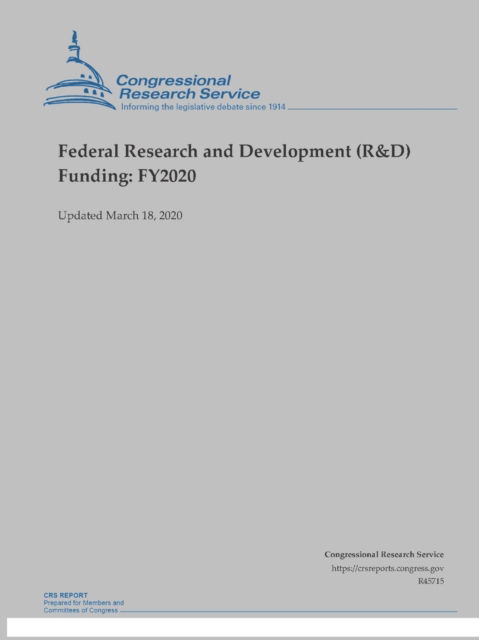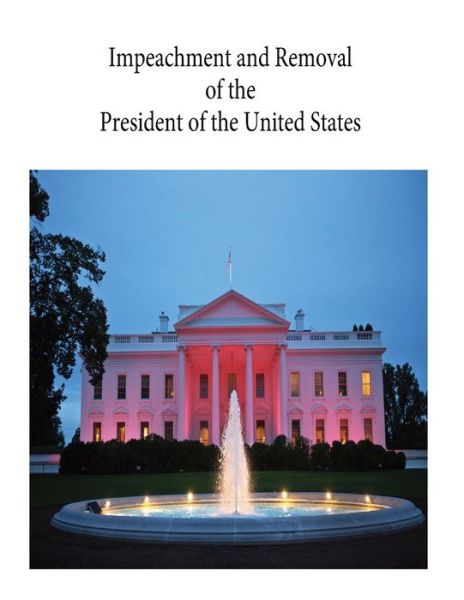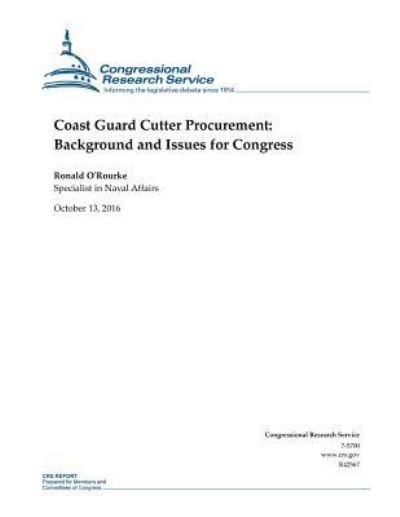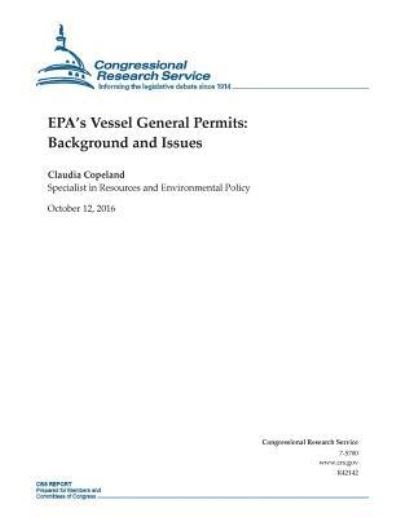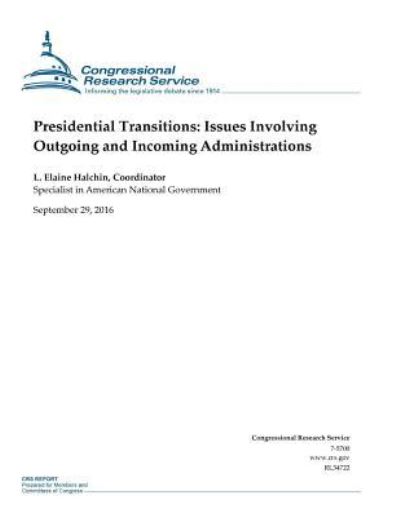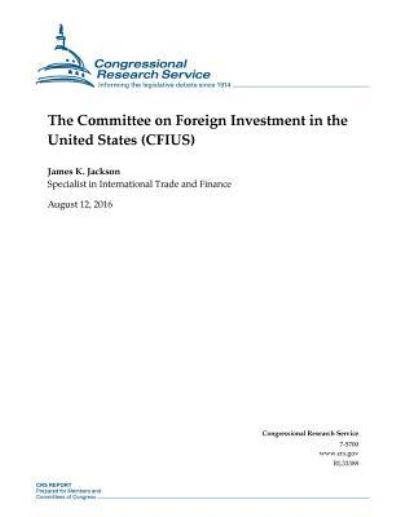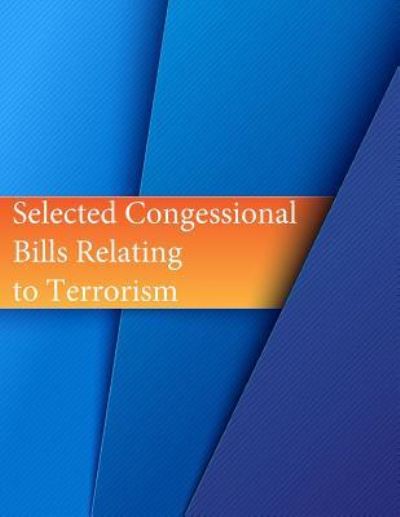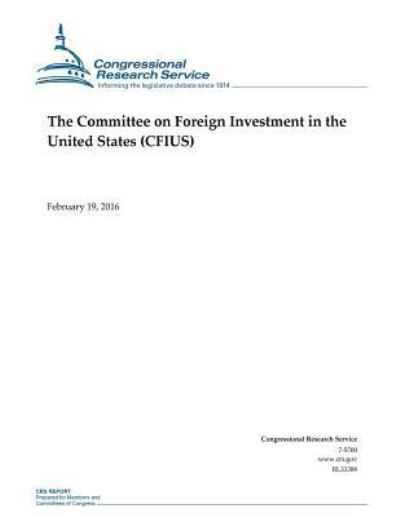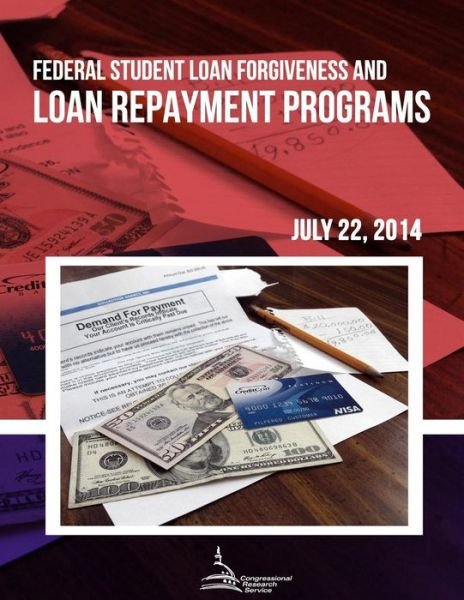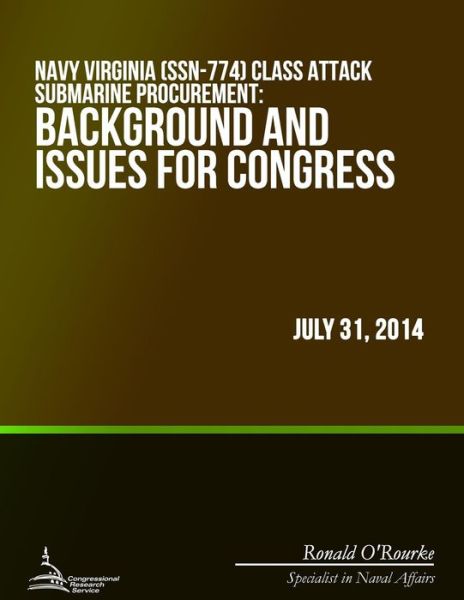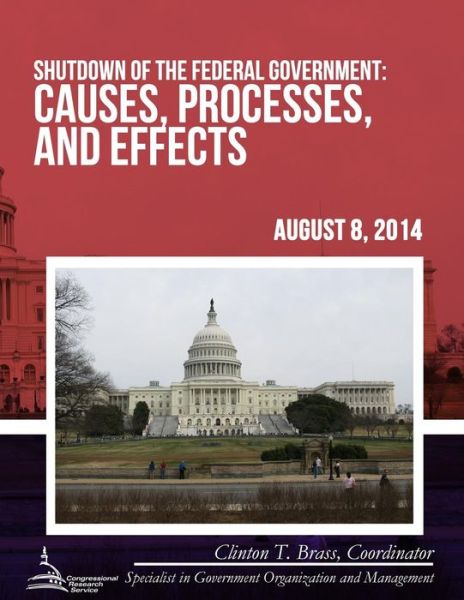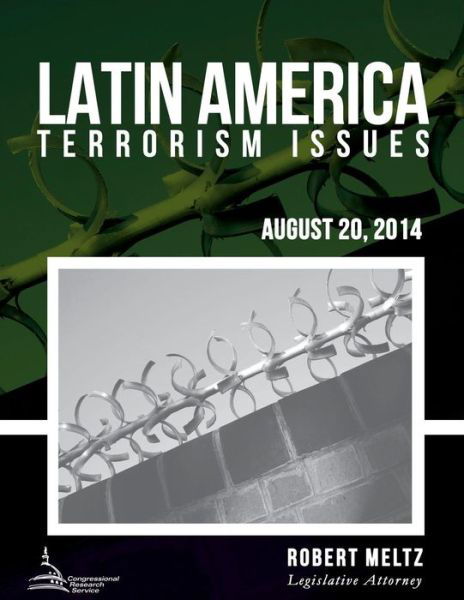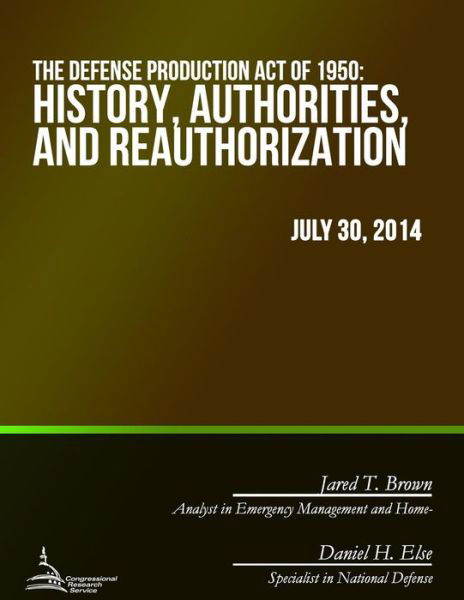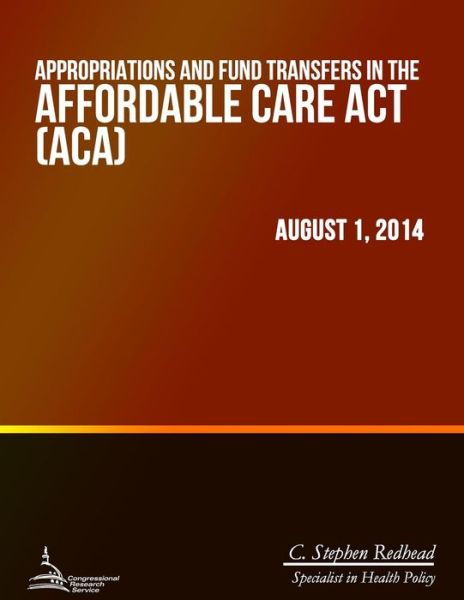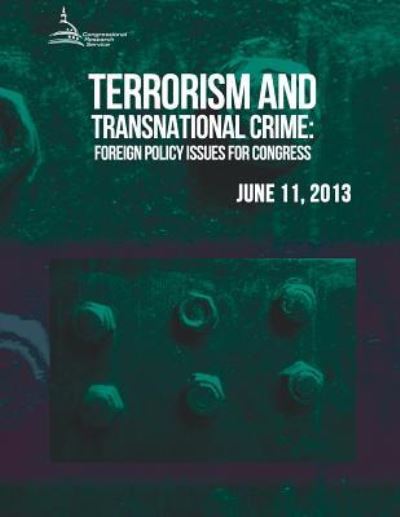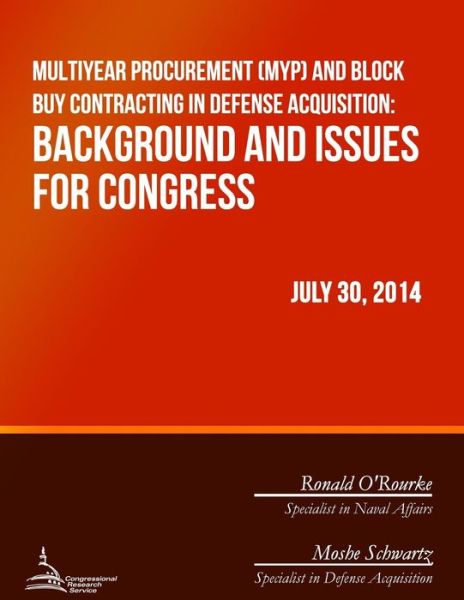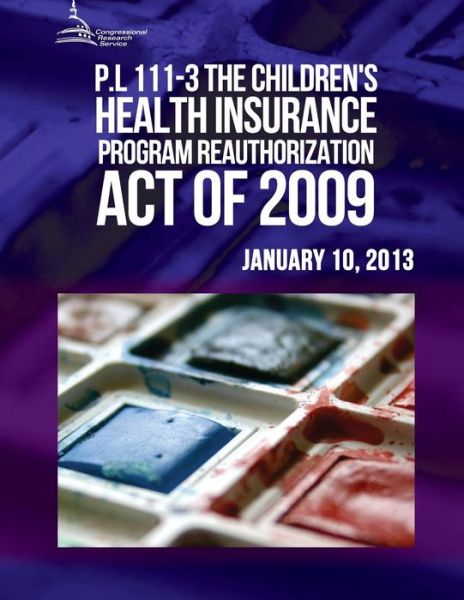
Powiedz znajomym o tym przedmiocie:
Monetary Policy and the Federal Reserve: Current Policy and Conditions
Congressional Research Service
Monetary Policy and the Federal Reserve: Current Policy and Conditions
Congressional Research Service
Publisher Marketing: The Federal Reserve (the Fed) defines monetary policy as its actions to influence the availability and cost of money and credit. Because the expectations of market participants play an important role in determining prices and economic growth, monetary policy can also be defined to include the directives, policies, statements, and actions of the Fed that influence future perceptions. Traditionally, the Fed has implemented monetary policy primarily through open market operations involving the purchase and sale of U. S. Treasury securities. The Fed traditionally conducts open market operations by setting a target for the federal funds rate, the rate at which banks borrow and lend reserves on an overnight basis. Beginning in September 2007, in a series of 10 moves, the federal funds target was reduced from 5.25% to a range of 0% to 0.25% on December 16, 2008, where it has remained since. With the federal funds target at this zero lower bound, the Fed attempted to provide additional stimulus through unconventional policies. It provided forward guidance on its expectations for future rates, announcing that it "anticipates that, even after employment and inflation are near mandate-consistent levels, economic conditions may, for some time, warrant keeping the target federal funds rate below levels the Committee views as normal in the longer run." The Fed also added monetary stimulus through unsterilized purchases of Treasury and mortgage-backed securities (MBS), a practice popularly referred to as quantitative easing (QE). Between 2009 and 2014, the Fed undertook three rounds of QE. The third round was completed in October 2014, at which point the Fed's balance sheet was $4.5 trillion-five times its pre-crisis size. In September 2014, the Fed announced plans for normalizing monetary policy after QE, explaining that it will raise interest rates (perhaps beginning in 2015) in the presence of a large balance sheet mainly by raising the rate of interest paid to banks on reserves and engaging in reverse repurchase agreements (reverse repos). The Fed influences interest rates to affect interest-sensitive spending, such as business capital spending on plant and equipment, household spending on consumer durables, and residential investment. Through this channel, monetary policy can be used to stimulate or slow aggregate spending in the short run. In the long run, monetary policy mainly affects inflation. A low and stable rate of inflation promotes price transparency and, thereby, sounder economic decisions by households and businesses. Debate is currently focused on whether the Fed's commitment to keeping rates low will cause inflation to become too high or whether inflation is more likely to continue running below the Fed's desired rate of 2%. Congress has delegated responsibility for monetary policy to the Fed but retains oversight responsibilities for ensuring that the Fed is adhering to its statutory mandate of "maximum employment, stable prices, and moderate long-term interest rates." Congressional debate on Fed oversight has focused on audits by the Government Accountability Office (GAO). The Dodd-Frank Act (P. L. 111-203) broadened GAO's ability to audit the Fed and required audits of the Fed's emergency programs and governance. H. R. 24 and S. 264 would remove all statutory restrictions on GAO audits and require a GAO audit. Similar legislation has passed the House in recent Congresses. Other issues of congressional interest include the impact of reserve requirements; requiring the Fed to testify more frequently and to increase the scope of information it publicly discloses; subjecting Fed rulemaking to cost-benefit analysis; the Fed's "13(3)" emergency lending authority; and rules-based monetary policy as an alternative to discretionary monetary policy.
| Media | Książki Paperback Book (Książka z miękką okładką i klejonym grzbietem) |
| Wydane | 9 lutego 2015 |
| ISBN13 | 9781508604631 |
| Wydawcy | Createspace |
| Strony | 26 |
| Wymiary | 216 × 279 × 1 mm · 86 g |
Więcej od Congressional Research Service
Zobacz wszystko od Congressional Research Service ( np. Paperback Book i Book )


